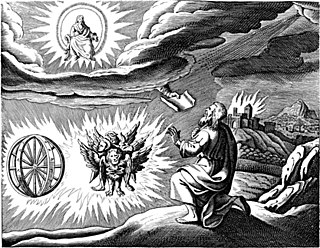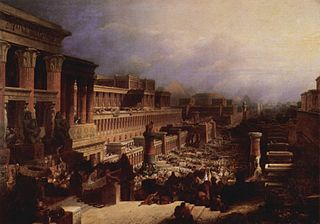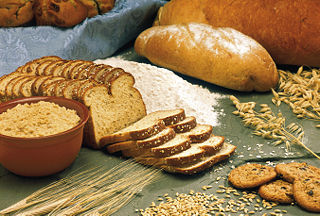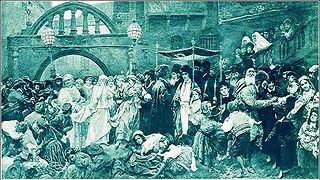According to the Talmud, the House of Garmu was responsible for baking the Showbread offered in the Temple of Jerusalem. The Talmud praised the Garmu family for never permitting their children to be seen eating white bread, to avoid any possible suspicion that they might be appropriating Temple resources for their own personal use. The Talmud relates that they had a secret method of baking the Showbread in a way that preserved its freshness so that it remained fresh even after having been left on the Table for a week. They refused to disclose the secret and it became lost following the Second Temple's destruction in 70 CE.

The Talmud is the central text of Rabbinic Judaism and the primary source of Jewish religious law (halakha) and Jewish theology. Until the advent of modernity, in nearly all Jewish communities, the Talmud was the centerpiece of Jewish cultural life and was foundational to "all Jewish thought and aspirations", serving also as "the guide for the daily life" of Jews.
Showbread, in the King James Version: shewbread, in a biblical or Jewish context, refers to the cakes or loaves of bread which were always present on a specially dedicated table, in the Temple in Jerusalem as an offering to God. An alternative, and more appropriate, translation would be presence bread, since the Bible requires that the bread be constantly in the presence of God. It is also mentioned in.
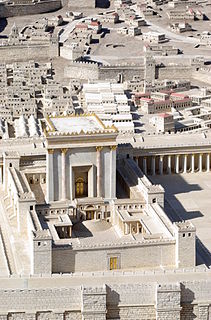
The Second Temple was the Jewish holy temple which stood on the Temple Mount in Jerusalem during the Second Temple period, between 516 BCE and 70 CE. It replaced Solomon's Temple, which was destroyed by the Neo-Babylonian Empire in 586 BCE, when Jerusalem was conquered and part of the population of the Kingdom of Judah was taken into exile to Babylon.
The Talmud relates that the officers of the Temple once attempted to replace the House of Garmu, but the replacement workers were unable to bake it in a way which preserved its freshness. The Talmud relates said that:
- When the Sages learned of the matter, they said "All that the Holy One, Blessed Be He created he created for His glory, as it is said (Proverbs 16:4) "Everything God made for His sake." The Sages sent after them, but they did not want to come back until [the Sages] doubled their wages. Jerusalem Talmud Shekalim 5:1 (Schottenstein Edition 14a)
The phrase "Who created everything for His Glory" is used in the first blessing of the Sheva Brachot (Seven Blessings) at a Jewish wedding ceremony (and in the Birkat HaMazon (Grace after meals) during the 3-7 day honeymoon period afterwards. Commentators connect the use of this phrase in this Talmudic passage to its use in the marriage ceremony to illustrate interpretive ideas -- that everyone has unique talents which must be recognized, that it is sage to accept with grace what one cannot change -- connecting the story of the House of Garmu with wisdom and insight necessary to maintain a harmonious marriage.
Sheva Brachot literally "the seven blessings" also known as birkot nissuin, "the wedding blessings" in Jewish law are blessings that are recited for a bride and her groom as part of nissuin. In Jewish marriages there are two stages: betrothal (erusin) and establishing the full marriage (nissuin). Historically there was a year between the two events, but in modern marriages, the two are combined as a single wedding ceremony.


